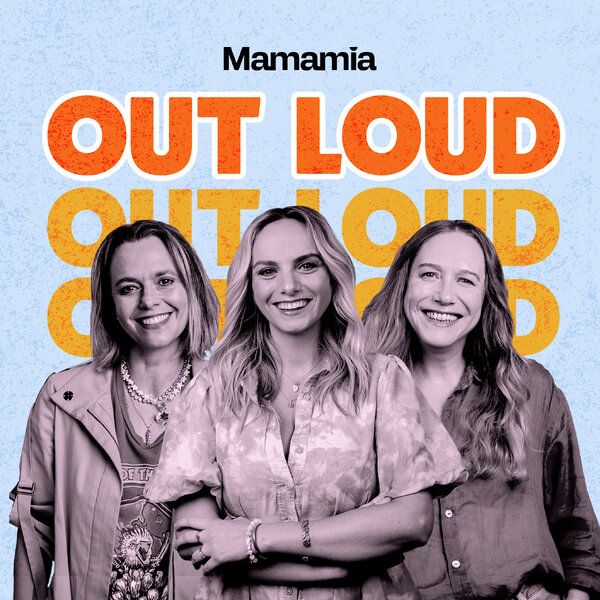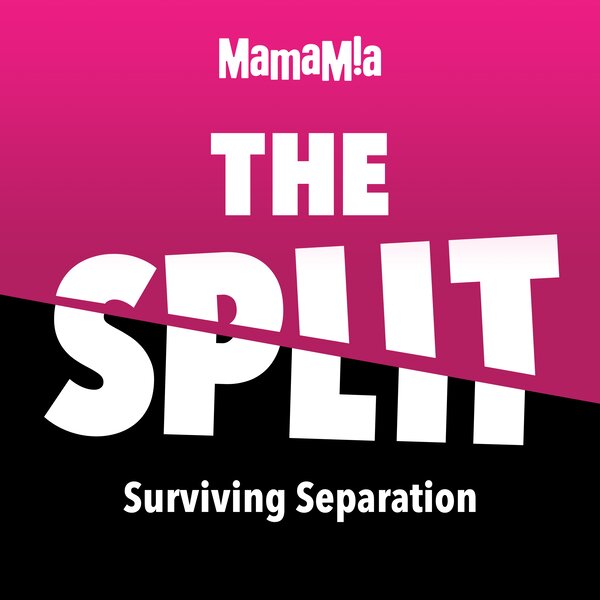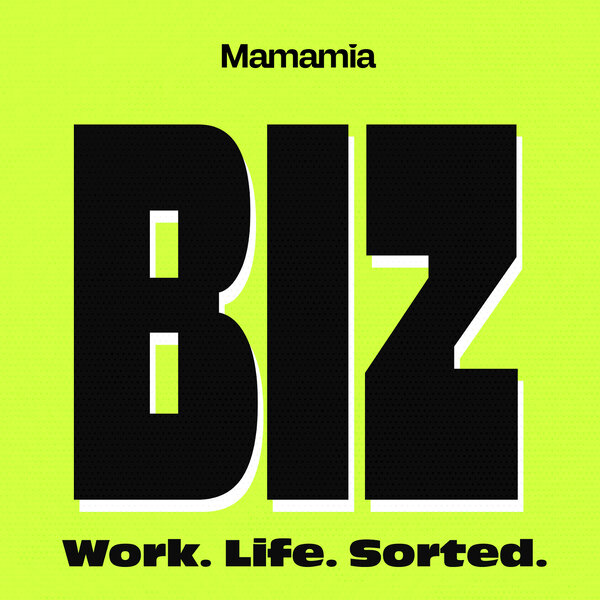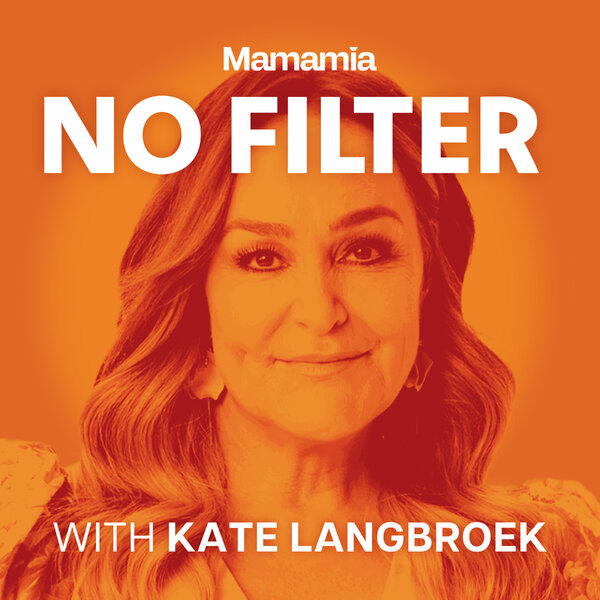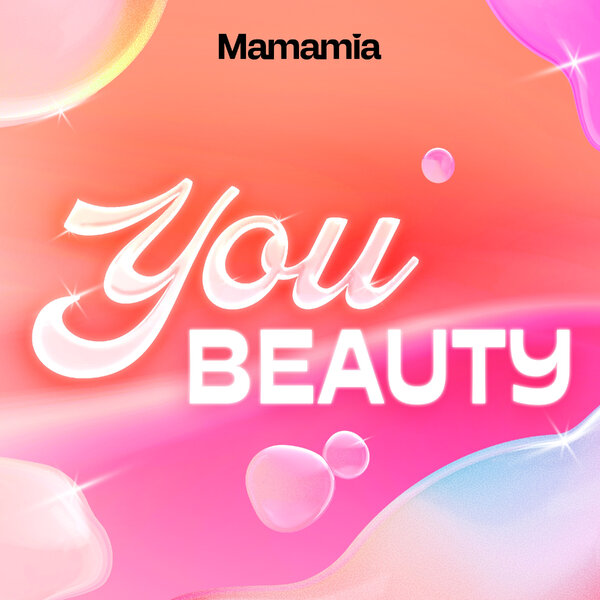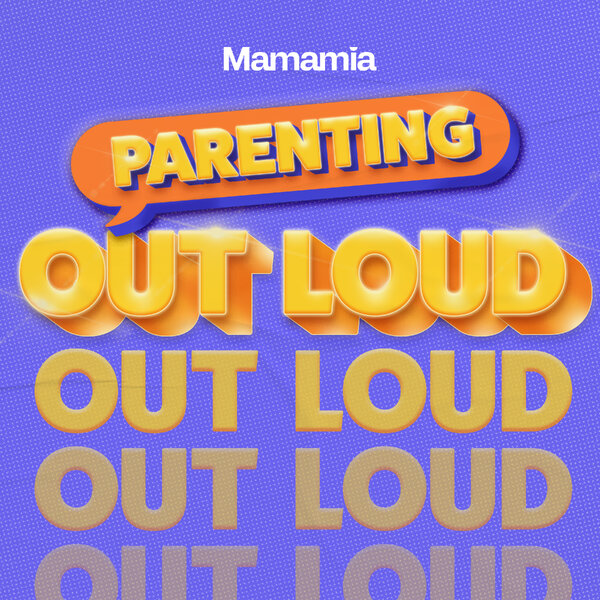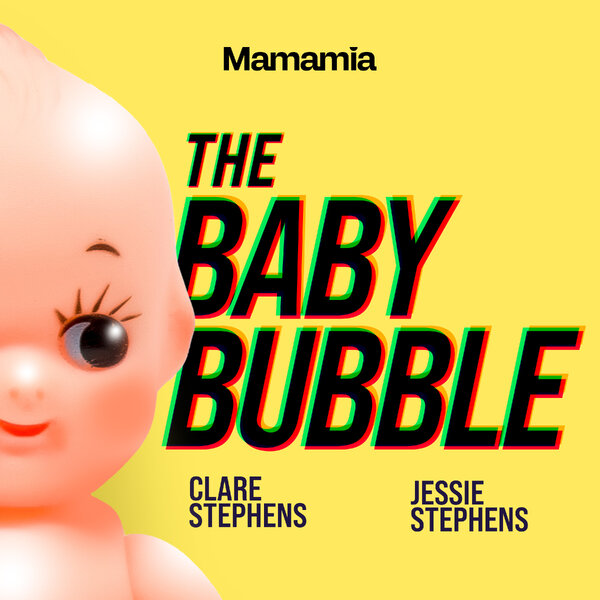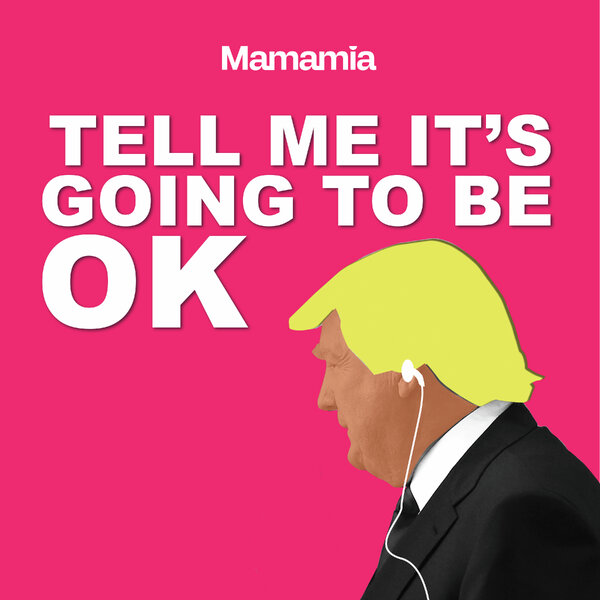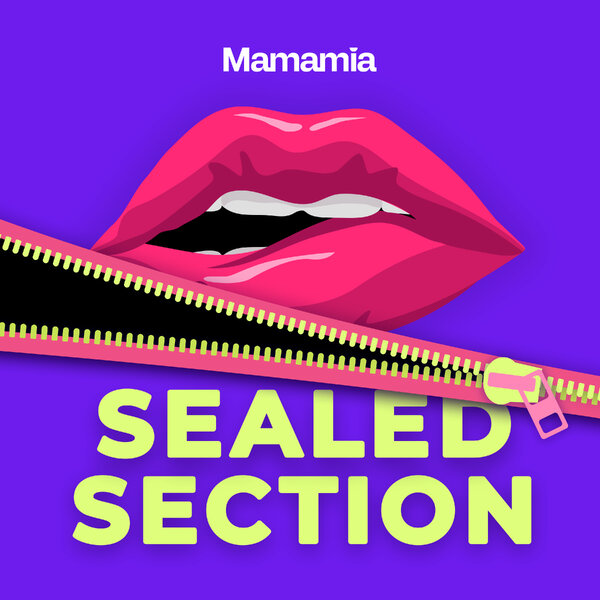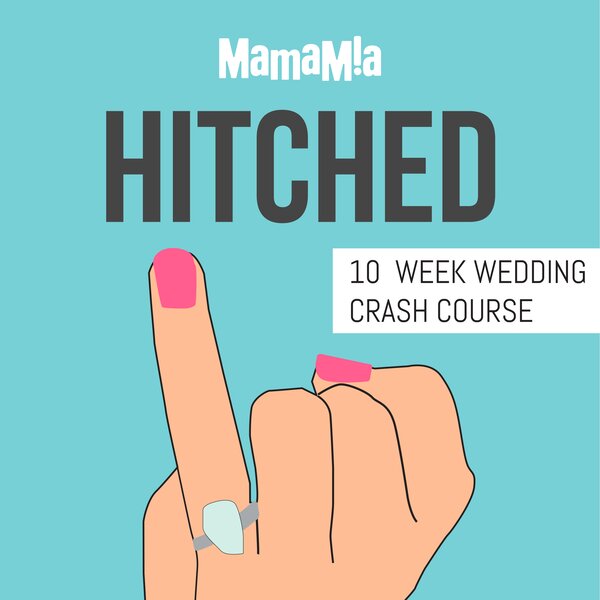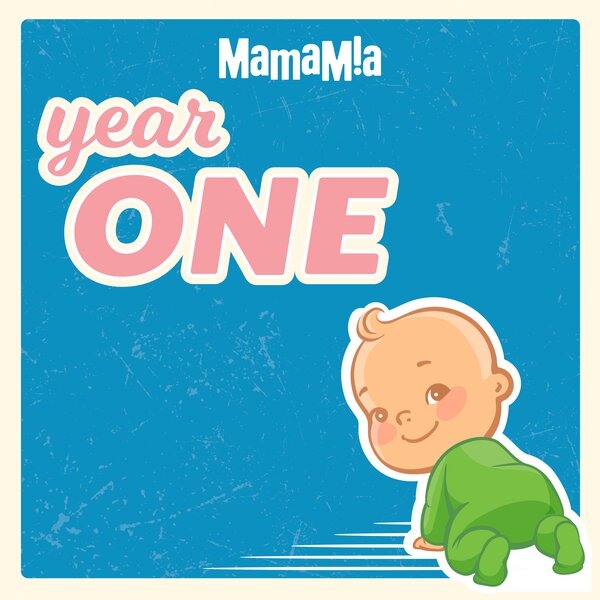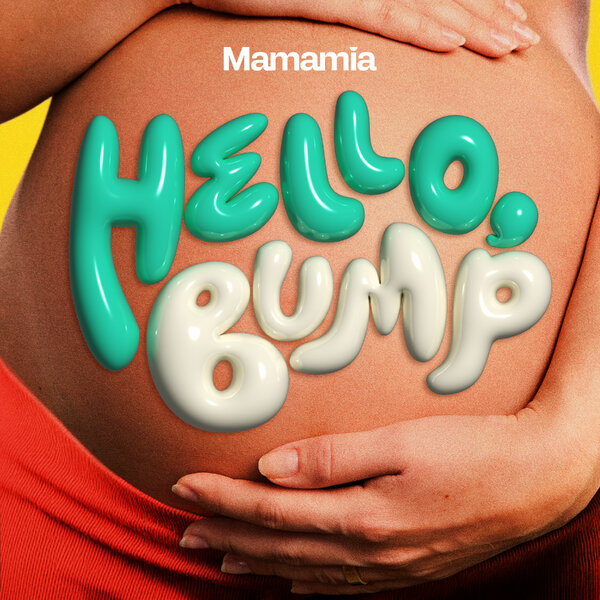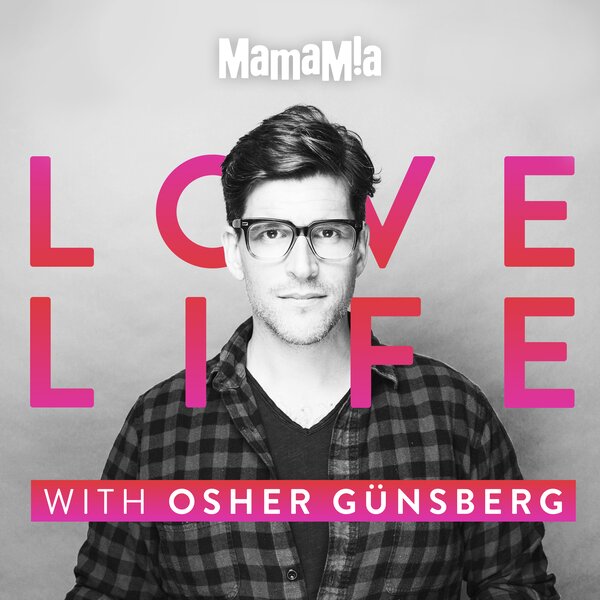
After visiting over 20 European countries and countless cities, I can confirm that Europe isn't cheap — especially for Aussies. But when people picture Europe, they usually think of the big three — Rome, Paris, London.
No surprises there. These cities are major tourist magnets, and their price tags reflect this.
But Europe is massive, with 29 countries in the Schengen Area (plus a few outliers), and there's plenty to explore beyond the usual suspects.
Watch: The cheapest European cities to visit. Post continues below.
Cities like Prague, Budapest, and Krakow have everything I love about Europe: rich history, incredible food, and charming streets, without the eye-watering costs. It's proof that you don't need to drain your bank account to have a great European adventure. And let's be real, in this economy, that's the dream.
So, I dug through my travel notes (and a few too many old receipts) to bring you six of the cheapest European cities to add to your 2025 list. They may not be the most obvious picks, but with over-tourism forcing travellers to get creative, these places are well worth the effort.
